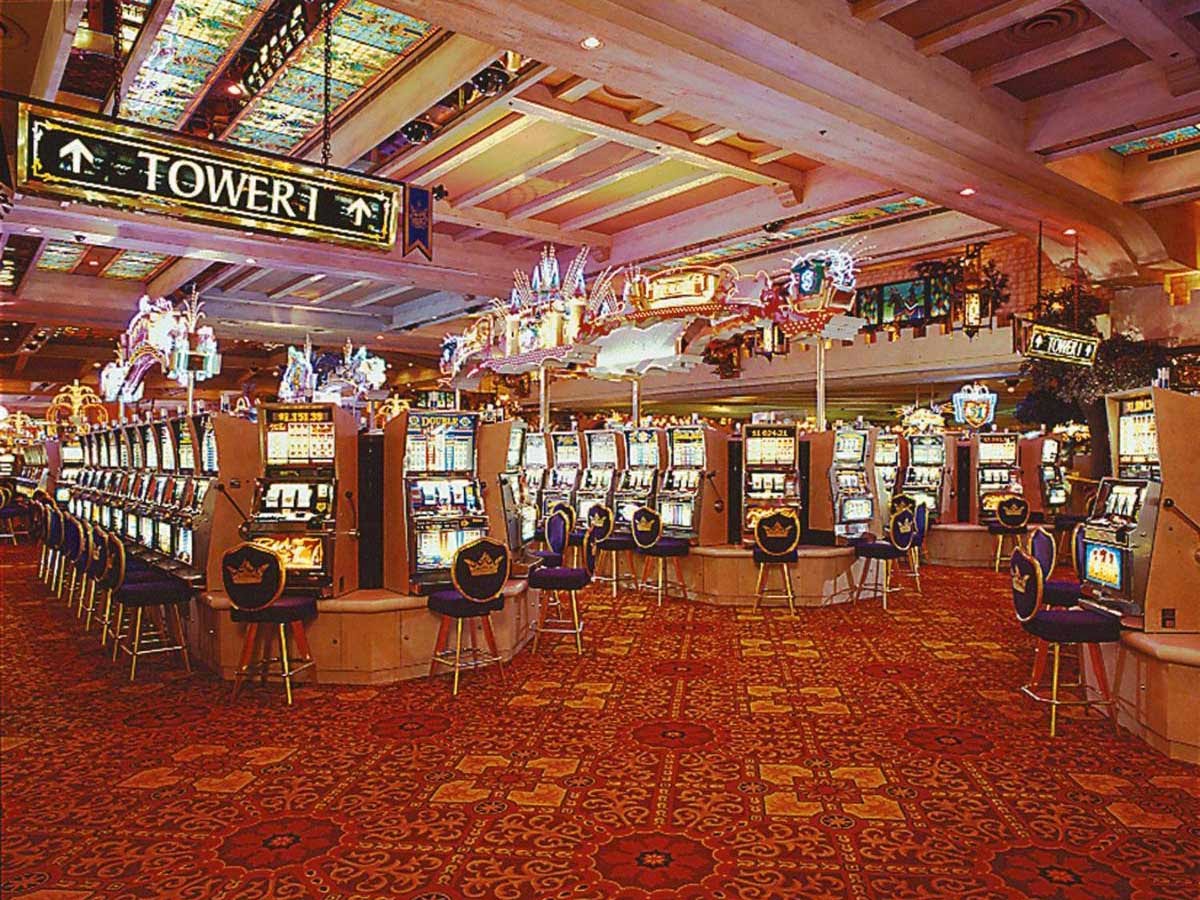How Gaming Establishments Employ Color and Style to Draw Gamers

Within the vibrant and exciting world of gaming establishments, where fortune and tactics intertwine, hues and design play a pivotal role in attracting gamblers. As soon as visitors step inside a casino or log into a gaming platform, they are enveloped in a visual feast that captures their attention and entices them to explore more. Vivid colors, captivating graphics, and innovative layouts are meticulously crafted to create an atmosphere of excitement and expectation, ultimately improving the gaming experience.
As gamblers move through the dynamic landscape of casino games, they encounter a range of designs that not only serve aesthetic purposes but also influence emotions and decision-making. Hues like red and yellow symbolize riches and luck, while soothing navy and emeralds can create a more tranquil environment. Understanding how these elements function together allows casinos to create an inviting and stimulating atmosphere that encourages players to interact with the games, spend additional time at the tables, and increase their overall enjoyment.
The Psychology of Hue in Gaming Establishments
Tint plays a crucial role in the development of casino games, affecting players’ emotional states and responses. Vivid and striking hues, such as crimson and yellow, are often used to stimulate excitement and attract focus. These hues create a sense urgency and energy, encouraging participants to engage more eagerly with the experience. By strategically selecting tints, developers aim to inspire emotions of joy and expectation, which can enhance the overall gaming experience.
Distinct shades also have psychological meanings that can impact how gamblers perceive their chances of success. For instance, emerald is often associated with luck and prosperity, making it a frequent choice in games like the roulette wheel and poker setups. This link can cause participants to feel more positive and confident in their gameplay, ultimately inspiring them to wager more. Grasping these associations allows game designers to craft environments that enhance player enjoyment and retention.
Moreover, the design of gambling game interfaces often utilizes blended colors and contrasting colors to guide players’ actions. For example, successful outcomes may be highlighted with bright, contrasting hues, creating a visual incentive. This technique strengthens favorable outcomes and supports repeated participation. By utilizing color psychology, casinos can design activities that not only captivate players but also keep them interested and committed in their game experience.
Creative Features that Engage Gamers
The aesthetic appeal of gambling games is primarily influenced by the use of vibrant colors. Lively and contrasting colors are strategically chosen to create an inviting atmosphere that grabs interest. For example, reds and golds often signify good fortune and wealth, which is why they are common in the palettes of slot machines and game surfaces. These colors not only attract players in, but they also stir emotions related to excitement and expectation, enhancing the total gaming experience.
In addition to color, the design and organization of casino games play a crucial role in player attraction. Games are designed to be intuitive, ensuring that players can quickly understand the guidelines and mechanics. Accessible interfaces, along with captivating graphics and animations, help maintain gamer interest and encourage extended play sessions. The physical elements, such as the feel of the controls and the sounds of the games, also add to a comprehensive sensory experience that keeps players engaged.
Finally, conceptual elements in gaming design can significantly influence gaming decisions. casino rr88 Many gambling games are inspired by popular culture, fairy tales, or adventure themes, featuring symbols and characters that connect with players. These themes create a sense of immersion and relatability, making each game feel distinct. When players feel a connection to the theme, they are more likely to choose that game over others, leading to higher participation and excitement within the casino environment.
Case Studies: Effective Gambling Slot Designs
One key example of impressive gambling game design is the popular slot machine series themed around blockbuster movies. Games such as those based on the The Wizard of Oz and Game of thrones utilize bright colors and high-quality graphics to engage players in recognizable narratives. The use of moving visuals and engaging sound effects captures the attention of players, establishing an emotional connection to the theme. This approach merely encourages longer play but also enhances the overall gaming experience, yielding increased player retention.
Another effective case is the use of color psychology in table games like blackjack and the wheel. Casinos often create these games with dark reds and greens, colors traditionally connected with luck and wealth. For instance, the green felt on a 21 table provides a soothing effect, while the red accents in the wheel invite excitement. This deliberate use of color helps to create an inviting atmosphere that stimulates players to join in, fulfilling their psychological impulses and boosting their enjoyment.
Finally, online casino games that include community features and lively, dynamic designs have seen remarkable success in engaging players. Games like Zynga Poker and Slotomania leverage bright colors and playful animations to forge an inviting online environment. The addition of leaderboards, social sharing options, and in-game rewards encourages competition and community, attracting players in for longer sessions. Such designs merely make the games visually enticing but also emphasize community engagement, a crucial factor in player retention and engagement within online casino environments.

